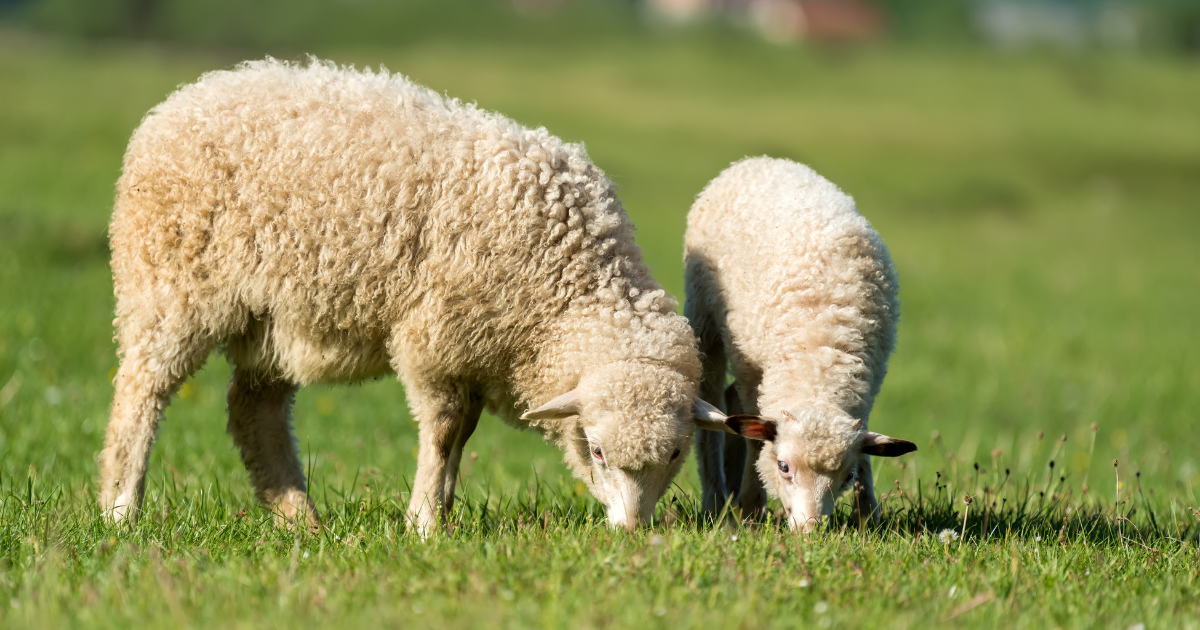
The importance of knowing your flock’s worm burden
By Registered Animal Medicines Advisor Jodie Burdett R-SQP
Faecal egg counting is an essential tool for farmers before deciding on an appropriate treatment plan. For sustainable worming, both ewes and lambs should only be treated if a worm burden is present which can be effectively monitored by using faecal egg counts.
A high worm burden is damaging not only to the animal, but to the productivity and profitability of your farm.
What is a faecal egg count? (FEC)
An FEC test will count how many worm eggs are shed in the faeces, which indicates how many adult, egg laying worms are in the stomach of the animal. Results are presented in ‘eggs per gram’. The results indicate whether a worming treatment is necessary and monitors the amount of contamination on the pasture.
Why is egg counting so important?
Not only does an egg count indicate the need for a worming treatment, but they can also identify which species of parasite are present in your flock. This means that if there is a need to treat, we can use a targeted approach. There is a widespread issue with anthelmintic resistance, which means worms can survive the recommended dose of certain active ingredients. If it’s suspected a treatment has failed and resistant worms are present, an egg count can be carried out, after an appropriate time, as a post drench check. If there are still a high level of eggs being shed, the active ingredient has not been effective.
How often should I be testing?
It takes approximately 21 days for larvae from the pasture to develop into egg laying adults following ingestion so egg counts should be carried out every three to four weeks throughout the grazing season. What is a pooled sample? This is a selection of samples taken from the same group. It is important to collect various samples as individual animals in the group will have different worm burdens depending on age and their immune status. A pooled sample gives a representative sample for the whole group.
How do you do a test?
Egg counting is quick and easy. Collect 10 or more samples of fresh faeces, ideally less than an hour old. This is easily done by using gloves to collect a golf ball size of dung, then turn the glove inside out and tie in a knot to keep the sample airtight to prevent it drying out. All samples should be the same size for a pooled sample. Keep the samples refrigerated until they can be sent off for testing via your local vet practice or posted to our lab for analysis using one of our handy Molecare Sheep Faecal Worm Egg Count kits.
In summary, using FEC as a part of your flock’s sustainable worm control plan, will enable you to monitor the worm burden throughout the grazing season and only use anthelmintics when needed. This avoids treating animals unnecessarily, which in turn reduces the risk of building anthelmintic resistance on your farm. Monitoring the worm burden in lambs is especially important to ensure good growth rates and liveweight gain









